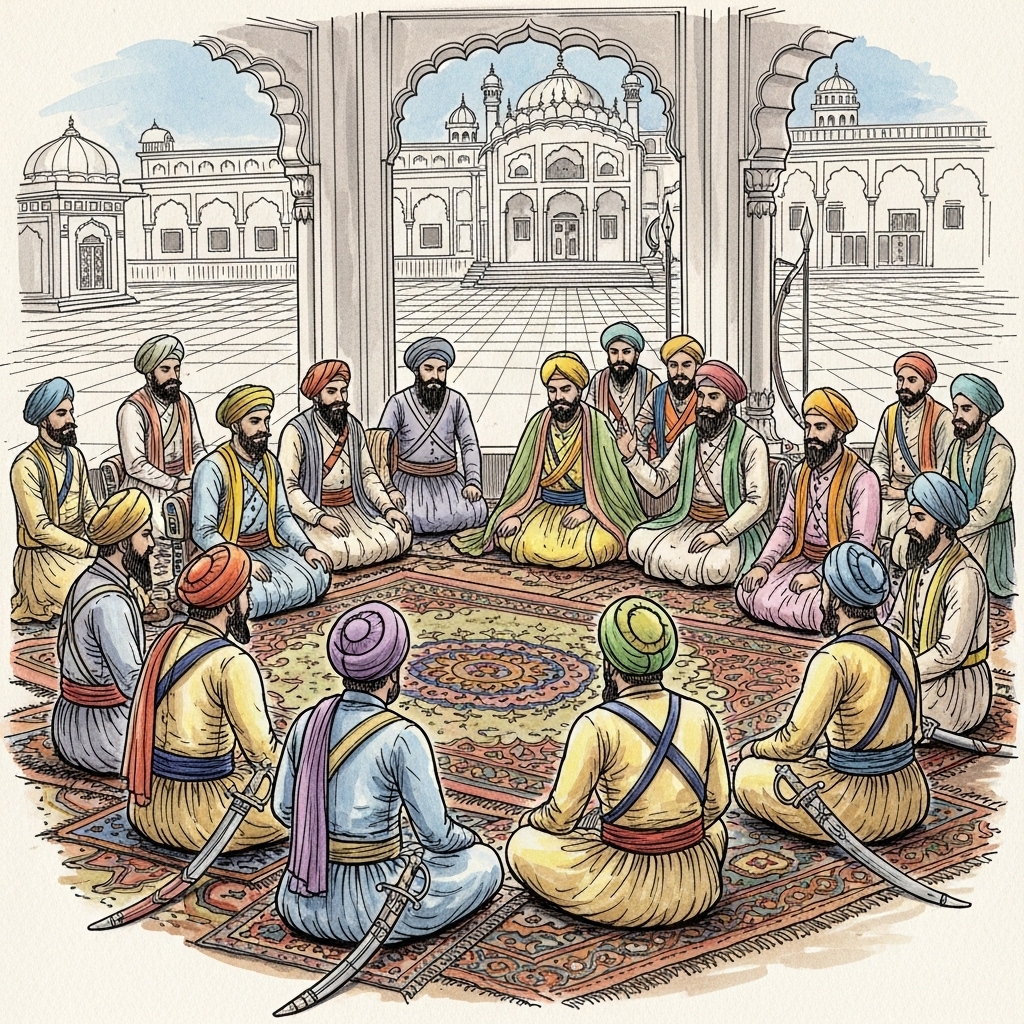⚔️ 1761 — A Diwali Resolution: The Siege of LahoreDuring Diwali, the Sarbat Khalsa resolved to liberate Lahore from its oppressive Afghan-appointed governor.

Diwali in Amritsar has often been more than just a festival; it has been a time for revolution. In 1761, Sikh leaders gathered for their traditional Diwali celebrations, a gathering that doubled as a Sarbat Khalsa (a biennial council of the Sikh nation). Together, they made a bold and unified decision: to attack Lahore and oust its governor, Khawaja Abed Khan. This was a direct challenge to the authority of the Durrani Empire in Punjab. This resolution was a powerful declaration of Sikh sovereignty and unity. It demonstrated that the Sikh community, organized into Misls (confederacies), could act as a single, decisive political force. They were ready to govern and protect their homeland. This event reminds us that collective will, rooted in shared values, has the power to reshape the destiny of a nation.
|